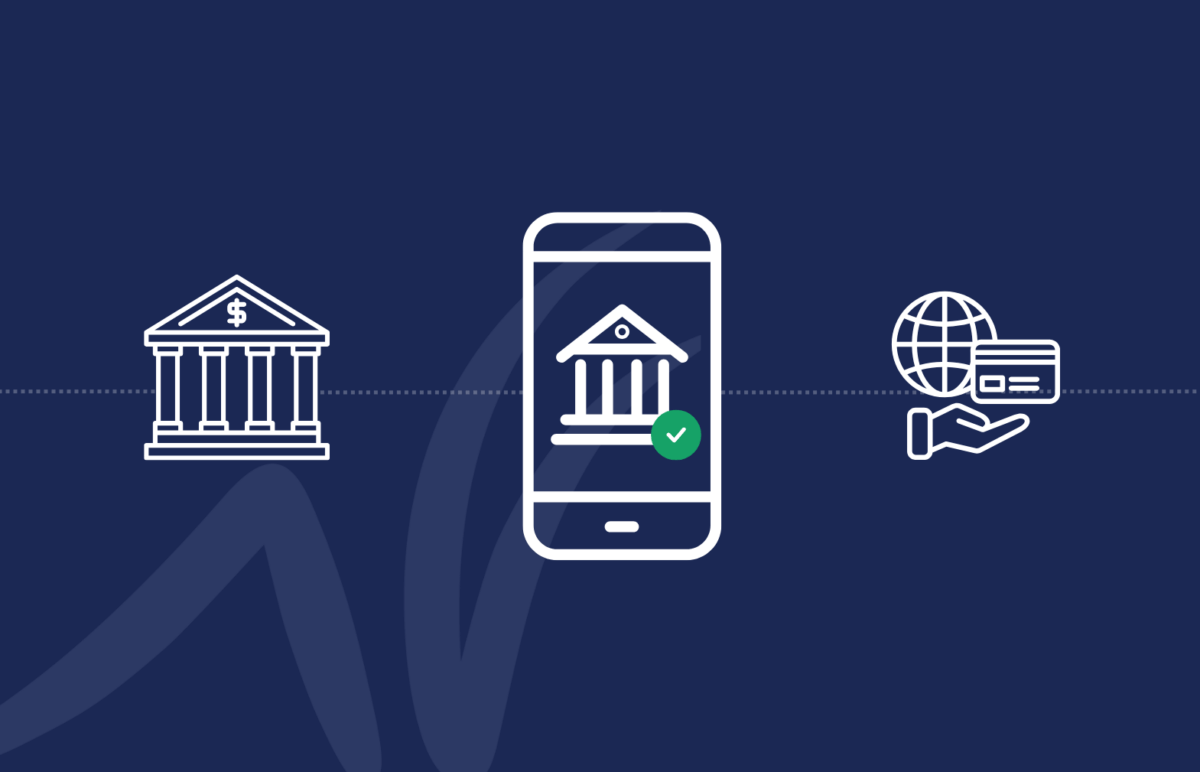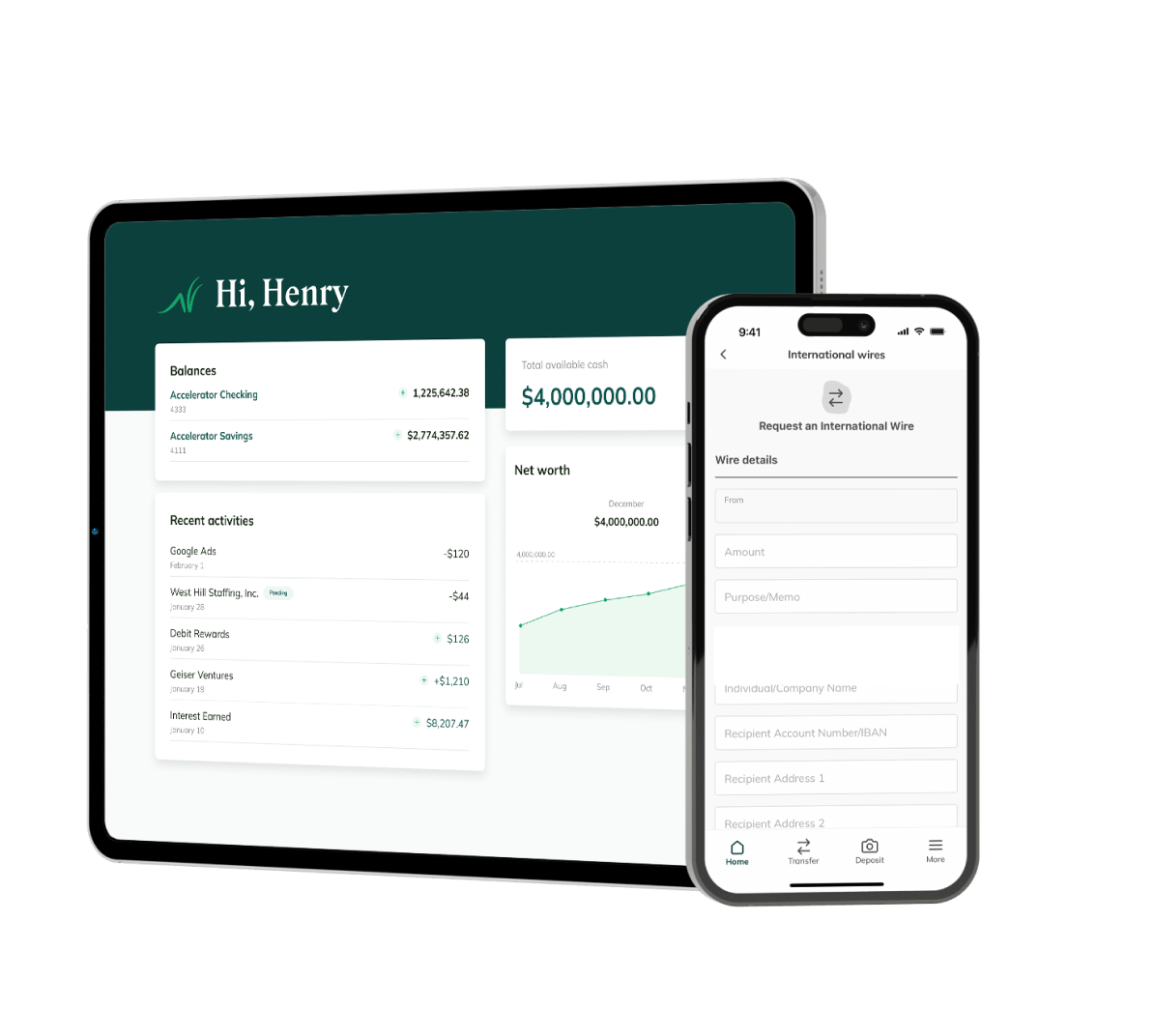Traditional Banks
Traditional banks are financial institutions that have been around for decades and provide a full range of financial services, including savings and checking accounts, loans, mortgages, and investment products. These banks operate on a national scale with extensive branch networks or as smaller regional or community banks, focusing on the specific needs of local businesses and individuals.
Key Characteristics
- Physical Presence: Traditional banks have extensive networks of branches and ATMs, providing in-person services and consultations.
- Regulation & Security: Highly regulated by government bodies, traditional banks offer a high level of security and insurance for deposits.
- Comprehensive Services: They offer a full suite of financial products and services under one roof.
Advantages
- Trust & Reliability: Long-standing history with an established reputation.
- Personal Interaction: Opportunities to have face-to-face interactions with staff.
- Wide Range of Services: Comprehensive offerings catering to various financial needs.
Drawbacks
- Higher Fees: Often have higher fees for maintenance, transactions, and other services.
- Less Innovation: Slower to adopt new technologies compared to digital banks and fintechs.
Digital Banks
Digital banks, often referred to as neobanks, represent the next generation of banking, designed for a world that prioritizes convenience, speed, and technology. Operating entirely online without physical branches, digital banks provide a streamlined approach to banking, catering to tech-savvy individuals and businesses who value accessibility and efficiency. These banks leverage advanced technology to offer innovative financial services through intuitive mobile apps and online platforms, delivering a modern banking experience that aligns with today’s fast-paced digital economy.
Key Characteristics
- Online-Only: Digital banks operate exclusively through digital channels, providing 24/7 access to banking services from any device with an internet connection.
- Cost-Effective: By eliminating the overhead associated with physical branches, digital banks can offer lower fees, higher interest rates on deposits, and other cost-saving benefits.
- Tech-Driven: Digital banks prioritize technology, offering features such as real-time transaction monitoring, seamless integrations, and powerful financial tools.
- Focused User Experience: With sleek, intuitive interfaces, digital banks provide a user-friendly experience that simplifies banking for individuals and businesses alike.
Advantages
- Convenience: Bank anytime, anywhere, without needing to visit a branch.
- Lower Fees: Digital banks generally pass their operational savings to customers, offering competitive rates and reduced fees.
- Tech-Enabled Innovation: Features like digital account opening, advanced analytics, and integration with financial tools make managing finances easier and more efficient.
- Scalable Solutions: Many digital banks tailor their services to startups and small businesses, offering products designed for growth and scalability.
Drawbacks
- Lack of Physical Presence: No branches for in-person assistance, which can be a disadvantage for customers preferring face-to-face interaction.
- Connectivity Dependence: Relying on internet access means outages or technical issues could temporarily disrupt services.












